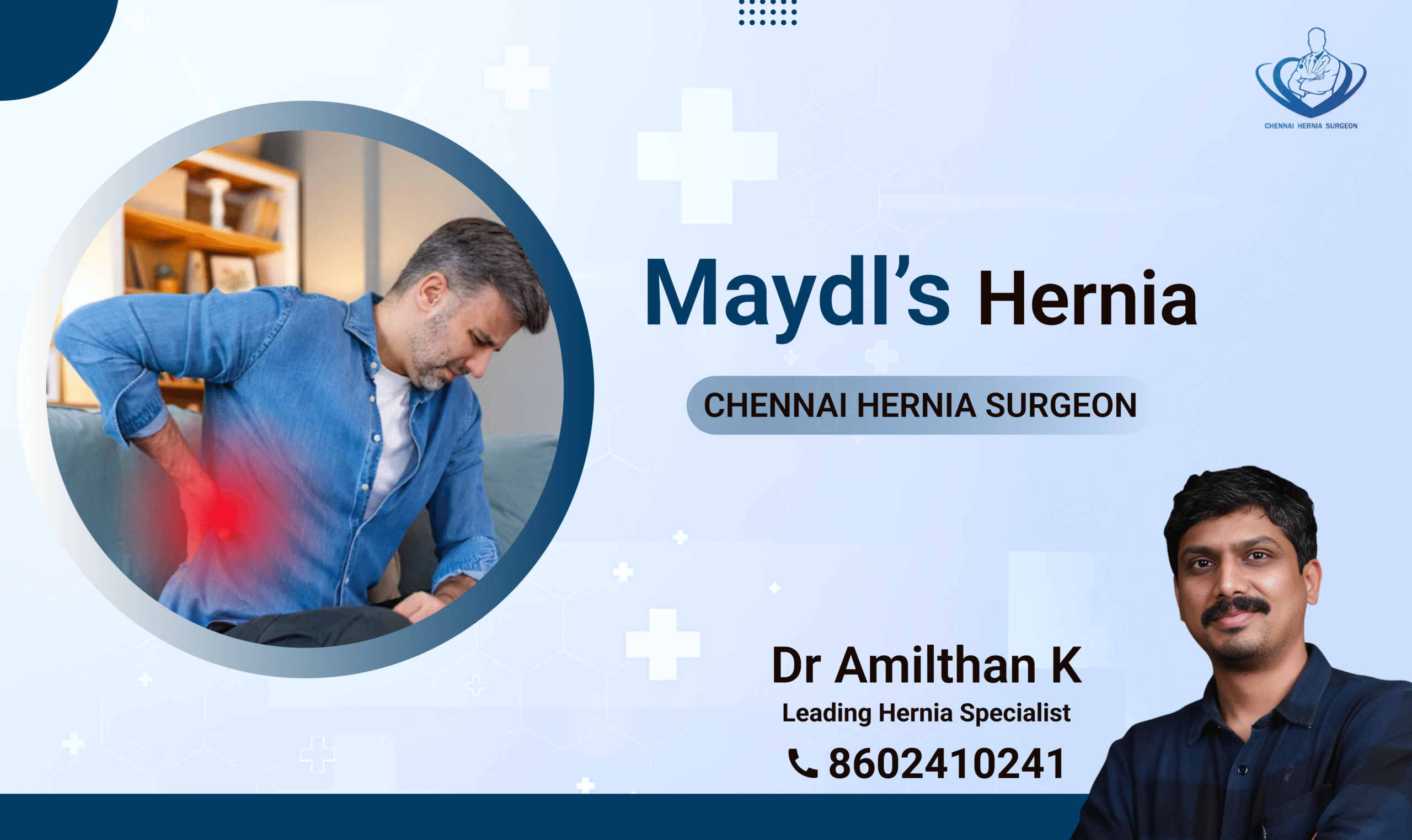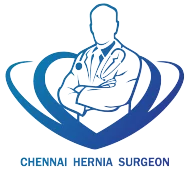Laparoscopy and hysteroscopy are advanced surgical methods that use little to no incisions respectively to carry out surgeries.
Laparoscopy is often associated with the treatment of issues in the peritoneal region (the abdominal and pelvic region) and hysteroscopy for ailments in the uterine cavity. Yet both laparoscopy and hysteroscopy are used to diagnose and treat gynecological problems.
Ailments such as pelvic pain, endometriosis, ectopic pregnancy, etc. can be treated using both laparoscopy and hysteroscopy.
Table of Contents
ToggleThe Key Differences Between Laparoscopy And Hysteroscopy
Laparoscopy and hysteroscopy are minimally invasive surgical procedures. Though both deal with ailments in the peritoneal and uterine cavity there are key differences between the purpose of these surgical procedures.
| Laparoscopy | Hysteroscopy |
|---|---|
| Views the outsides of the organs in the peritoneal cavity. | Helps view the insides of the uterus, fallopian tubes, cervix, and ovaries. |
| Diagnoses and operates on organs inside the peritoneal cavity. | Diagnoses and operates on female reproductive organs. |
| Treats both infertility issues and ailments of the organs in the peritoneal cavity. | Treats infertility-related issues. |
| Employed to diagnose symptoms of ailments in the abdomen and pelvis. | Employed to identify the cause of infertility, abnormal uterine bleeding, continuous miscarriages, etc. |
| Minor surgeries are often outpatient surgeries. Major surgeries would require a shorter period of hospitalization. | Often an outpatient surgery. |
| Carbon dioxide gas is let into the peritoneal cavity to have a better view of the insides. | Saline fluid or carbon dioxide gas is let into the uterine cavity to expand it and have a better view of the insides. |
| Laparoscope is primarily used. | A hysteroscope is used. |
| Small incisions are made on the abdomen. | No incisions are needed to view the uterine cavity. |
| A laparoscope and other surgical instruments are inserted through the incisions made. | A hysteroscope and other surgical instruments are inserted through the vagina and the cervix to view the uterine cavity. |
| Uterine adhesions, ectopic pregnancies, tubal cannulation, and so on are treated using laparoscopy. | Fibroids, polyps, and scars in the uterus are treated using hysteroscopy. |
What Surgeries are Performed Laparoscopically?
Laparoscopy is used for surgeries such as:
- Appendectomy (Removal of the appendix)
- Cholecystectomy (Removal of gallbladder)
- Hysterectomy (Removal of womb or uterus)
- Myomectomy (Removal of leiomyomas or uterine fibroids)
- Cystectomy (Removal of cysts from the ovary)
- Oophorectomy (Removal of cysts along with the ovary)
- Salpingostomy and salpingectomy (Treat ectopic pregnancies)
- Herniorrhaphy (Removal of hernia)
- Vagotomy (Cutting off the branch of the vagus nerve to the stomach)
- Antrectomy or distal gastrectomy (Removal of the lower part of the stomach)
- Bariatric or metabolic surgery (Weight loss surgery)
When do Surgeons Choose Hysteroscopy?
Surgeons choose hysteroscopy to treat issues related to the uterus and infertility. Some common issues that surgeons address using hysteroscopy include:
- Miscarriages
- Opening of blocked tubes (Tubal cannulation)
- Menometrorrhagia (Irregular menstrual bleeding)
- Diagnosis of the uterus
- Removal of the uterus (due to cancer, adenomyosis and endometriosis)
- Removal of intrauterine adhesions
- Removal of septate uterus
- Myomectomy (Removal of fibroids)
- Polypectomy (Removal of polyps)
Is Laparoscopy a Common Surgical Method?
Laparoscopy is a common surgical method employed today. Owing to the fewer post-surgical complications it entails laparoscopy is widely chosen over laparotomy.
Surgeons also prescribe laparoscopy to diagnose and treat minor issues in the peritoneal cavity.
Laparoscopy has become more advanced with state-of-the-art equipment and improved surgical methods.
How Common is Hysteroscopy?
Hysteroscopy is one of the most common surgeries done among women. It is generally safe.
You can avoid the risks of insomnia, blood loss, mood swings, and other side effects of hysteroscopy by following the mandated prescriptions of the surgeon and by leading a healthy lifestyle.
Cancer in the ovaries, uterus, or cervix can be best treated only through hysteroscopy.
Advantages of Laparoscopy and Hysteroscopy
| Advantages of Laparoscopy | Advantages of Hysteroscopy |
|---|---|
| Makes smaller inciosns. | Makes no incisions. |
| The best alternative for laparotomy in case of minor surgeries. | Crucial in treating uterine cancer and septate uterus. |
| Treats issues in the pelvic region and the abdominal cavity. | Treats infertility-causing issues in the uterine region. |
| Little blood loss. | Little to no blood loss. |
| Lesser pain compared to other surgeries. | Causes less pain. |
| Hospitalization is not required unless it is a major surgery. | Hospitalization is not required most of the time. |
| Shorter operation time. | Short surgical time. |
| The recovery rate is quicker. | Faster surgery recovery time. |
| Less post-surgery complications. | Following physician’s prescriptions reduces post-surgery complications. |
| Incisions do not cause bigger scars. | No scarring due to no incisions. |
Complications of Laparoscopy and Hysteroscopy
| Complications of Laparoscopy | Complications of Hysteroscopy |
|---|---|
| Discomfort after surgery in the peritoneal cavity. | Discomfort in the uterine cavity after surgery. |
| Scaring of the incisions. | Possible scarring of the vaginal tract. |
| Possible perforation of the abdominal wall during surgery. | Possible perforation of the uterine wall during surgery. |
| Possible injury to adjacent organs, blood vessels, and nerves. | Possible injury to adjacent organs, blood vessels, and nerves. |
| Discomfort due to carbon dioxide gas introduced in the cavity. | Discomfort due to saline liquid or carbon dioxide gan introduced in the cavity for operation. |
| Chances of infection in the operated area. | Chances of infection in the operated area. |
Recovery Time for Laparoscopy and Hysteroscopy
| Laparoscopy | Hysteroscopy |
|---|---|
| Minor surgeries do not require hospitalization. | Hospitalization is not required most of the time. |
| Can resume work within 48 hours. | Can resume work within 48 hours. |
| The effects of anesthesia after surgery do not prolong for a long time. | The effects of anesthesia after surgery do not prolong for a long time. |
| The discomfort of carbon dioxide gas let into the peritoneal cavity during surgery also wears off sooner. | Discomfort due to saline fluid or carbon dioxide gas let into the uterine cavity does not prolong for a longer period |
Conclusion
Both laparoscopy and hysteroscopy are helpful in gynecology-related surgeries. Using laparoscopy or hysteroscopy to address the prevailing ailment is up to the discretion of the surgeon.
Just make sure to keep both your body and mind healthy and ready to approach the surgery. Also, weigh the pros and cons of each surgery before opting for one.
To know more about the best choice of surgery for your ailment contact your laparoscopic surgeon.
Have a successful recovery!
Dr. K. Amilthan MBBS., MS., FMAS., FALS.
Heal Your Hernia Now:
- 20+ Years of Experience
- 1,000+ Surgeries
Your Journey to Wellness Begins with us.

Dr. Amilthan
Dr. Amilthan is a renowned laparoscopic hernia surgeon based in Chennai, with over 20 years of experience in general surgery. He completed his MBBS and MS in General Surgery at Kilpauk Medical College and Government Royapettah Hospital in Chennai.
- All Posts
- Hernia Blog

Which Doctor should you consult for Hernia? You can Consult a general surgeon or a hernia specialist for evaluation and...

A hernia occurs when an organ or any other part of your body pushes through the muscle and surrounding tissue...

An inguinal hernia occurs when the organs push through and bulge against the weak muscles of the abdomen. An effective...

